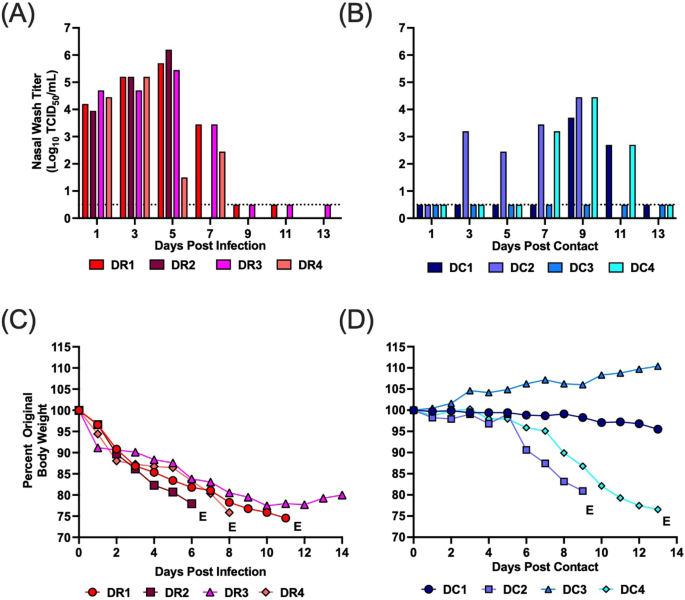2024-05-15 ラトガース大学
<関連情報>
- https://www.rutgers.edu/news/infertility-treatment-doubles-risk-postpartum-heart-disease
- https://jamanetwork.com/journals/jamanetworkopen/fullarticle/2808926
不妊治療後の脳卒中入院リスク Risk of Stroke Hospitalization After Infertility Treatment
Devika Sachdev, MD; Rei Yamada, MD; Rachel Lee, MS; et al
JAMA Network Open Published:August 30, 2023
DOI:10.1001/jamanetworkopen.2023.31470

Key Points
Question Is receipt of infertility treatment associated with stroke hospitalization?
Findings In this cohort study of 31 339 991 pregnant individuals who delivered between 2010 and 2018, compared with those who did not receive infertility treatment, those who received infertility treatment had an increased risk of stroke hospitalization within 12 months of delivery, with the risk of hospitalization for hemorrhagic stroke being substantially greater than that for ischemic stroke.
Meaning These findings suggest that infertility treatment is associated with an increased risk of stroke hospitalization within 12 months of delivery; therefore, optimal screening for risk and timely follow-up should be considered to mitigate factors associated with stroke in the antepartum and postpartum periods.
Abstract
Importance Stroke accounts for 7% of pregnancy-related deaths in the US. As the use of infertility treatment is increasing, many studies have sought to characterize the association of infertility treatment with the risk of stroke with mixed results.
Objective To evaluate the risk of hospitalization from hemorrhagic and ischemic strokes in patients who underwent infertility treatment.
Design, Setting, and Participants This population-based, retrospective cohort study used data abstracted from the Nationwide Readmissions Database, which stores data from all-payer hospital inpatient stays from 28 states across the US, from 2010 and 2018. Eligible participants included individuals aged 15 to 54 who had a hospital delivery from January to November in a given calendar year, and any subsequent hospitalizations from January to December in the same calendar year of delivery during the study period. Statistical analysis was performed between November 2022 and April 2023.
Exposure Hospital delivery after infertility treatment (ie, intrauterine insemination, assisted reproductive technology, fertility preservation procedures, or use of a gestational carrier) or after spontaneous conception.
Main Outcomes and Measures The primary outcome was hospitalization for nonfatal stroke (either ischemic or hemorrhagic stroke) within the first calendar year after delivery. Secondary outcomes included risk of stroke hospitalization at less than 30 days, less than 60 days, less than 90 days, and less than 180 days post partum. Cox proportional hazards regression models were used to estimate associations, which were expressed as hazard ratios (HRs), adjusted for confounders. Effect size estimates were corrected for biases due to exposure misclassification, selection, and unmeasured confounding through a probabilistic bias analysis.
Results Of 31 339 991 patients, 287 813 (0.9%; median [IQR] age, 32.1 [28.5-35.8] years) underwent infertility treatment and 31 052 178 (99.1%; median [IQR] age, 27.7 [23.1-32.0] years) delivered after spontaneous conception. The rate of stroke hospitalization within 12 months of delivery was 37 hospitalizations per 100 000 people (105 patients) among those who received infertility treatment and 29 hospitalizations per 100 000 people (9027 patients) among those who delivered after spontaneous conception (rate difference, 8 hospitalizations per 100 000 people; 95% CI, -6 to 21 hospitalizations per 100 000 people; HR, 1.66; 95% CI, 1.17 to 2.35). The risk of hospitalization for hemorrhagic stroke (adjusted HR, 2.02; 95% CI, 1.13 to 3.61) was greater than that for ischemic stroke (adjusted HR, 1.55; 95% CI, 1.01 to 2.39). The risk of stroke hospitalization increased as the time between delivery and hospitalization for stroke increased, particularly for hemorrhagic strokes. In general, these associations became larger for hemorrhagic stroke and smaller for ischemic stroke following correction for biases.
Conclusions and Relevance In this cohort study, infertility treatment was associated with an increased risk of stroke-related hospitalization within 12 months of delivery; this risk was evident as early as 30 days after delivery. Timely follow-up in the immediate days post partum and continued long-term follow-up should be considered to mitigate stroke risk.


